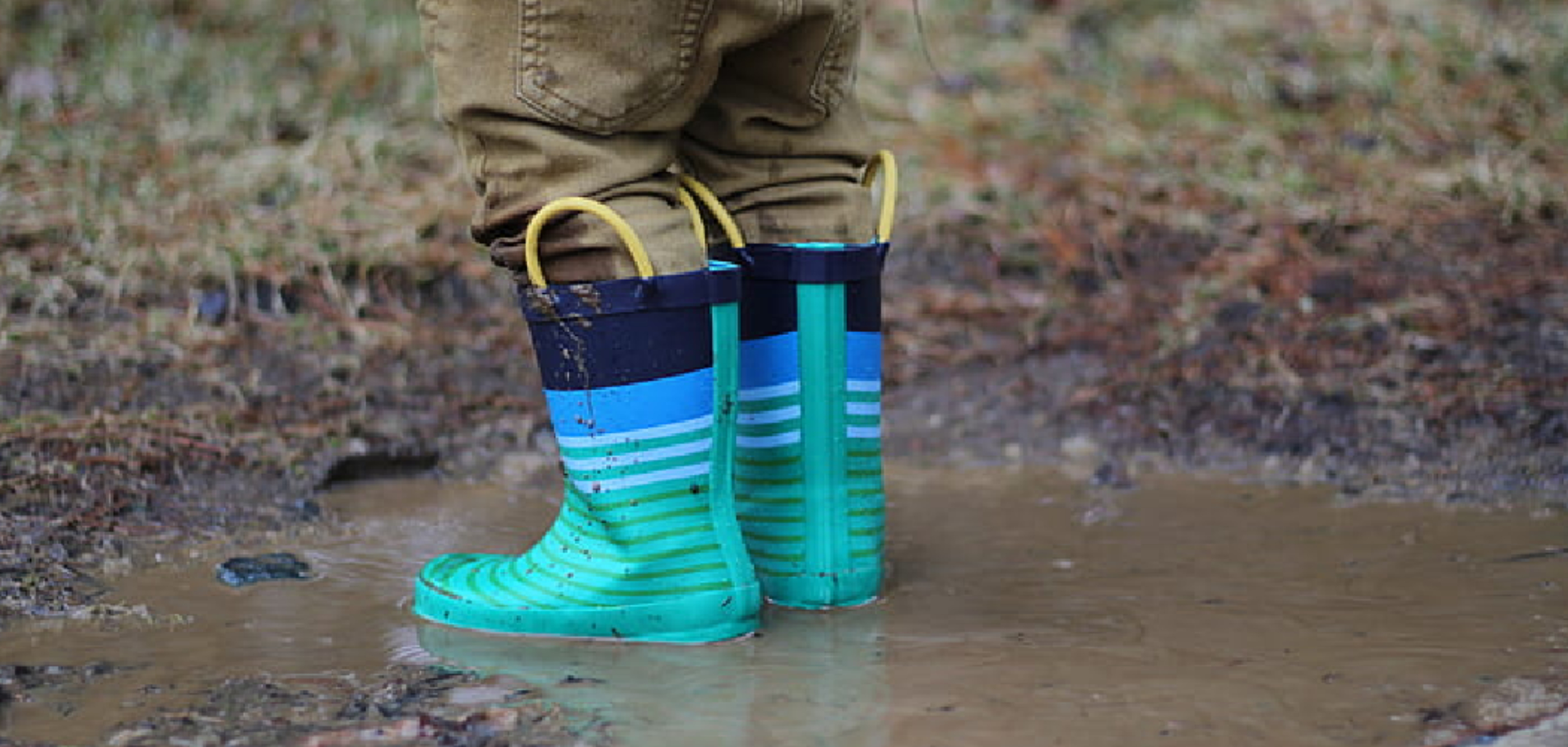Wading boots are an essential tool for anglers and outdoor enthusiasts who frequently traverse shallow waters. Designed to provide stability, protection, and comfort, these specialized boots help keep feet dry while allowing for easy movement over rocky or slippery surfaces.
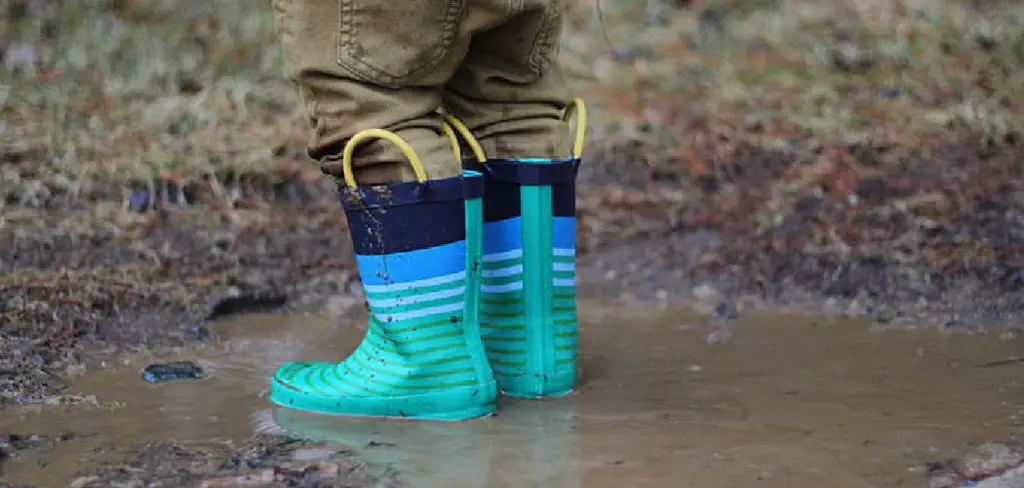
With various features tailored for different environments, wading boots enhance safety and performance, making them a crucial component of any water-based activity.
In this document on how do wading boots work, we’ll explore the key elements of wading boots, their construction, and how to choose the right pair for your adventures.
Why Do You Need Wading Boots?
Wading boots are vital for several reasons, particularly for those who engage in fishing, kayaking, or exploring freshwater environments. First and foremost, they offer superior traction on slippery or uneven surfaces, reducing the risk of slips and falls in potentially hazardous conditions. Their waterproof construction ensures that your feet remain dry, which is crucial for comfort during prolonged exposure to water.
Additionally, wading boots provide ankle support and protection against sharp rocks, debris, and aquatic creatures, allowing you to navigate through various terrains safely. Investing in a quality pair of wading boots not only enhances your performance but also significantly contributes to your overall safety and enjoyment in outdoor activities.
Needed Materials
Before diving into how wading boots work, it’s essential to understand the materials used in their construction. Depending on the brand and type of boots, wading boots can be made from a combination of synthetic materials and natural components. The most common materials include:
Neoprene:
Neoprene is a synthetic rubber material that is commonly used in wading boots for its waterproof properties. It also provides insulation, keeping your feet warm in cold waters.
Rubber:
Rubber soles are prevalent in wading boots due to their excellent grip and durability. They provide traction on slippery surfaces and can withstand wear and tear from rocky environments.
Felt:
Felt soles are another popular option for wading boots as they offer superior grip on wet rocks and other smooth surfaces. However, felt soles tend to wear down faster than rubber, making them less durable in the long run.
Leather:
Leather is often used for the upper part of wading boots as it is sturdy, breathable, and provides support for the ankle and foot. It also molds to the shape of your foot over time, increasing comfort.
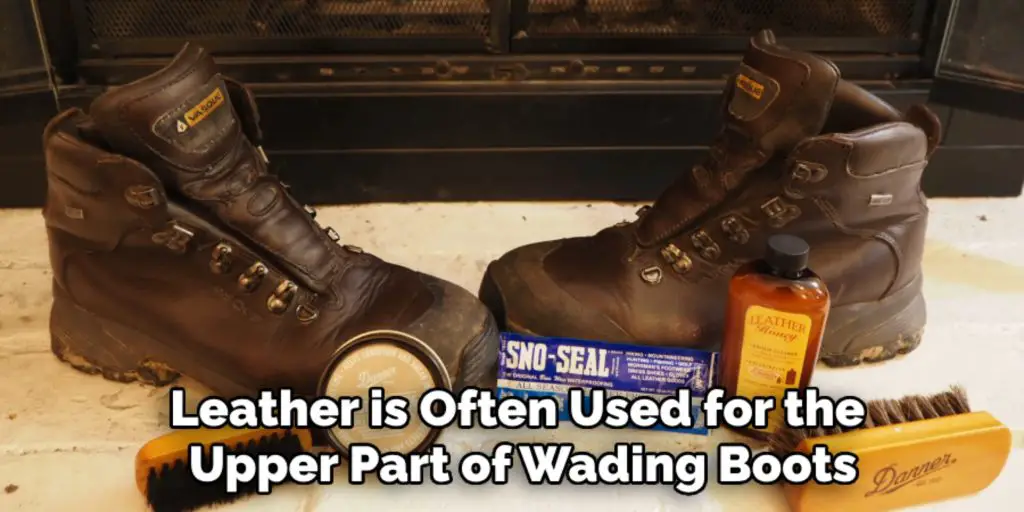
8 Step-by-step Guidelines on How Do Wading Boots Work
Step 1: Understanding the Types of Wading Boots
When selecting wading boots, it’s crucial to understand the different types available, as each is designed for specific conditions and activities.
Primarily, wading boots can be categorized into two main types: rubber-soled boots and felt-soled boots. Rubber-soled boots are ideal for wet, rocky environments, providing excellent traction on slippery surfaces and durability against wear. They are versatile and suitable for various conditions, though they may not grip as well on wet rocks as felt soles.
On the other hand, felt-soled boots excel in slick, wet environments, delivering superior grip on smooth surfaces, such as river rocks. However, they can be less durable than rubber soles and may not perform as well in muddy or varied terrain. Understanding these differences will help ensure you choose the right pair that suits your outdoor adventures.
Step 2: Wearing Proper Socks
To maximize the effectiveness and comfort of your wading boots, choosing the right socks is essential. Opt for socks made from synthetic materials or wool, which provide excellent moisture-wicking properties, keeping your feet dry and reducing the risk of blisters. Avoid cotton socks, as they absorb moisture and can lead to discomfort during prolonged wear.
Additionally, ensure that the socks are thick enough to provide cushioning but not so thick that they create a tight fit inside the boots, which could lead to restricted circulation. Properly fitted socks will enhance the overall performance of your wading boots, allowing for increased comfort and support during your outdoor adventures.
Step 3: Putting on Your Wading Boots
Putting on your wading boots correctly is key to achieving maximum comfort and support during your activities. Start by loosening any laces or straps to allow for easy entry.
Sit down and place one foot into the boot, ensuring that your heel is snugly positioned at the back. As you slide your foot in, check that your toes have adequate space at the front; they should not be cramped or touching the end of the boot.
Once your foot is securely in place, lace up or fasten the boot firmly but not too tightly, as this could restrict circulation. Repeat the process for the other boot, ensuring both are fitted comfortably. Properly adjusted boots will provide the necessary ankle support and help prevent any discomfort during your time in the water.
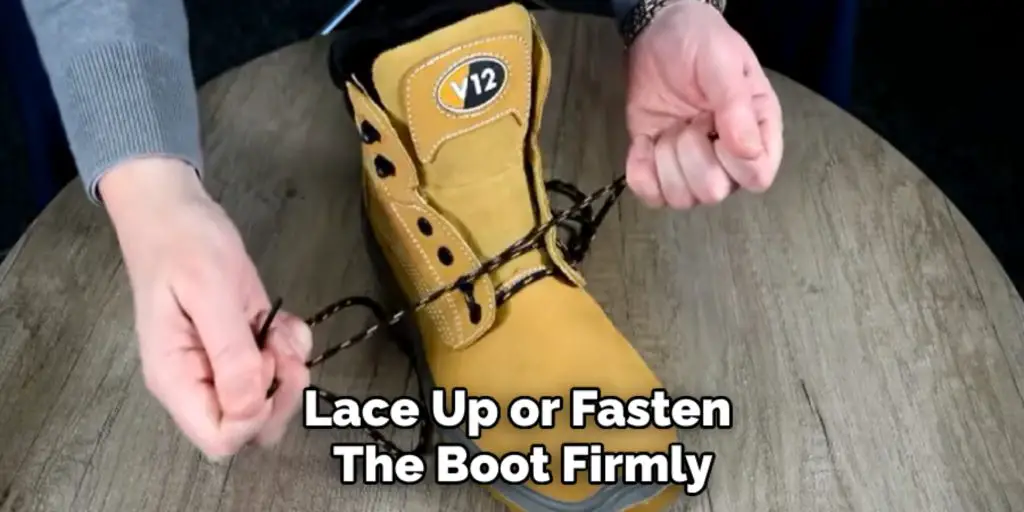
Step 4: Understanding the Closure Systems
Wading boots typically come with different closure systems, including laces, velcro straps, and zippers. Each offers its advantages, so it’s essential to understand how they work before finalizing your purchase.
Laces provide a customizable fit and can be easily tightened or loosened as needed. Velcro straps offer convenience and quick adjustments, while zippers allow for easy entry and exit of the boots without affecting the fit.
Choose a closure system that suits your needs and preferences, ensuring that it provides a secure fit for your feet during outdoor activities.
Step 5: Navigating Through Water
Once you have your wading boots on and properly fitted, it’s time to put them to the test. As you step into the water, make sure to tread carefully and use your poles or other equipment for stability.
Wading boots provide excellent traction in wet environments, but they are not indestructible. Avoid stepping on sharp rocks or debris that could potentially damage the soles of your boots.
As you move through varying depths of water, take slow and deliberate steps to maintain your balance and avoid slipping. Remember to use the support of your ankles provided by your wading boots to help stabilize yourself in changing currents.
Step 6: Cleaning Your Wading Boots
After a day spent in the water, it’s crucial to clean your wading boots properly. Be sure to rinse off any dirt or debris from the boots, especially in the areas where they are laced or fastened, as these can be prone to build-up. Use a soft brush and mild soap if needed, but avoid harsh chemicals that could damage the materials of your boots.
After cleaning, make sure to allow your boots to dry completely before storing them away. This will prevent any mold or bacteria from growing and prolong the lifespan of your wading boots.
Step 7: Storage and Maintenance
Proper storage and maintenance of your wading boots are key to ensuring their longevity and performance. After each use, thoroughly dry out your boots before storing them in a cool, dry place. Avoid exposing them to direct sunlight or high heat as this could cause the materials to deteriorate faster.
Regularly check for any signs of wear and tear, such as holes or loose stitching, and address these issues promptly to avoid further damage. With proper care and maintenance, your wading boots will continue to serve you well for many outdoor adventures to come.
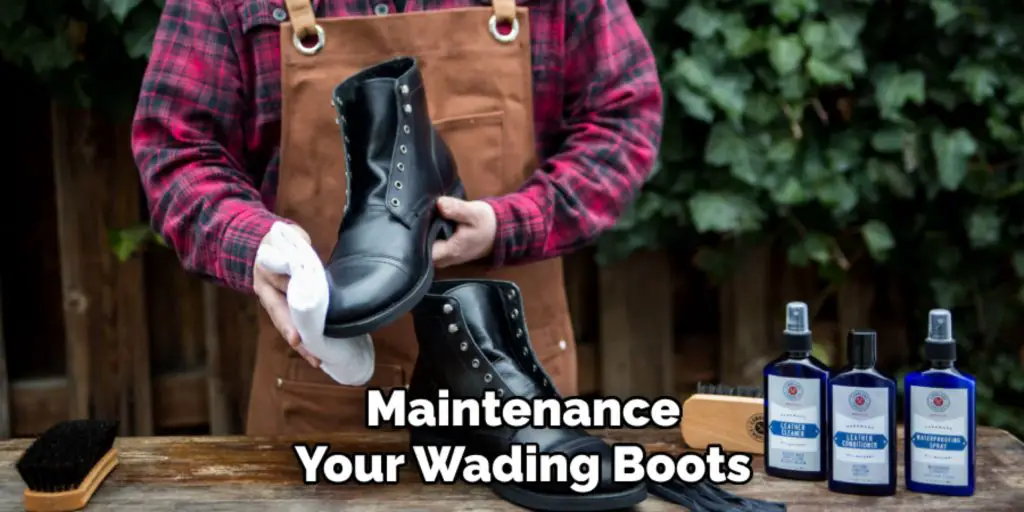
Step 8: Replacing Your Wading Boots
Despite proper care and maintenance, there will come a time when it’s necessary to replace your wading boots. Signs that your boots may need replacing include significant wear on the soles, reduced grip and traction, or damage that cannot be repaired.
When shopping for new wading boots, consider the type of environment you will primarily be using them in and choose a pair that best suits those conditions. Don’t forget to also factor in your preferred closure system and proper sizing for maximum comfort and performance.
Following these steps and tips on how do wading boots work will help you choose, use, and maintain your wading boots effectively. By investing in high-quality boots and properly caring for them, you can enjoy your outdoor activities with confidence and comfort. Keep exploring, adventuring, and making memories with the help of your trusty wading boots!
Frequently Asked Questions
Q1: What Should I Look for When Choosing Wading Boots?
A1: When choosing wading boots, you should consider factors such as the type of material, proper sizing, closure system, and intended use. Look for materials that offer durability, water resistance, and breathability. Proper sizing is crucial for comfort and support, and closure systems should be chosen based on personal preference and the type of activities you will be doing.
Q2: Can I Use My Wading Boots for Activities Other Than Fishing?
A2: Yes, wading boots can be used for a variety of outdoor activities such as hiking, camping, or even gardening. Their sturdy construction and waterproof features make them versatile for different environments. However, it’s important to properly clean and maintain your boots after each use to prevent any damage from occurring.
Q3: Do I Need to Wear Special Socks with Wading Boots?
A3: While it’s not necessary to wear special socks with wading boots, it is recommended to wear moisture-wicking socks to keep your feet dry and comfortable. Avoid wearing cotton socks as they can hold onto moisture, causing discomfort and potentially leading to blisters or sores.
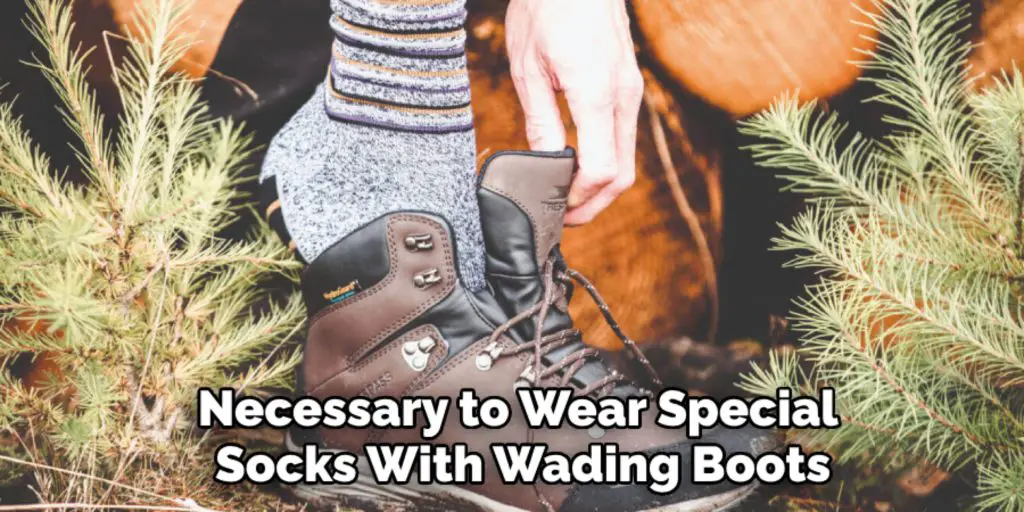
Conclusion
In summary, selecting, using, and maintaining your wading boots is essential for ensuring a successful and enjoyable experience in various outdoor activities. By understanding the critical features such as fit, closure systems, and cleaning protocols, you can extend the life of your boots while maximizing comfort and performance.
Proper care after each adventure not only maintains the integrity of the materials but also enhances safety during your excursions. Whether you’re fishing, hiking, or exploring new environments, investing in high-quality wading boots and adhering to these guidelines on how do wading boots work will provide you with the support and protection you need to make lasting memories in the great outdoors.

